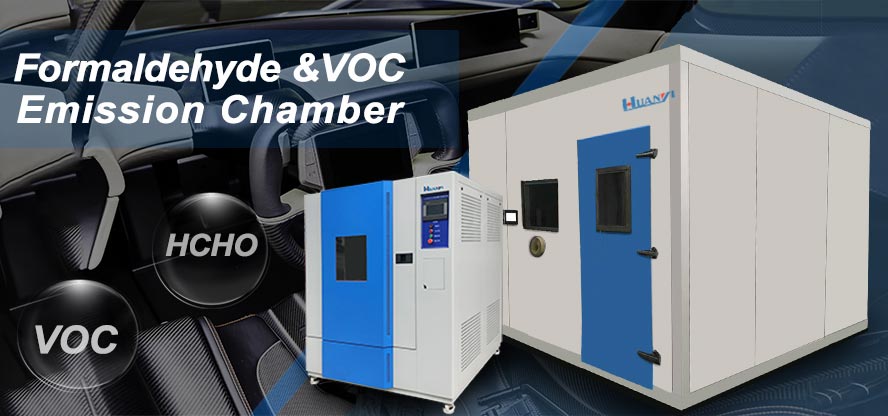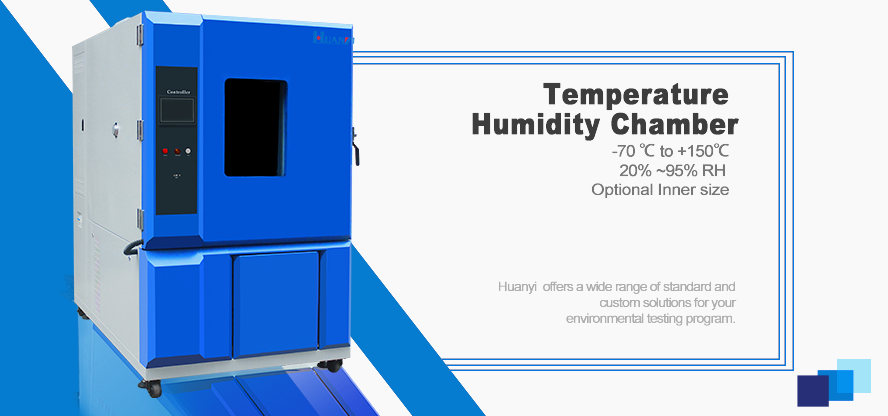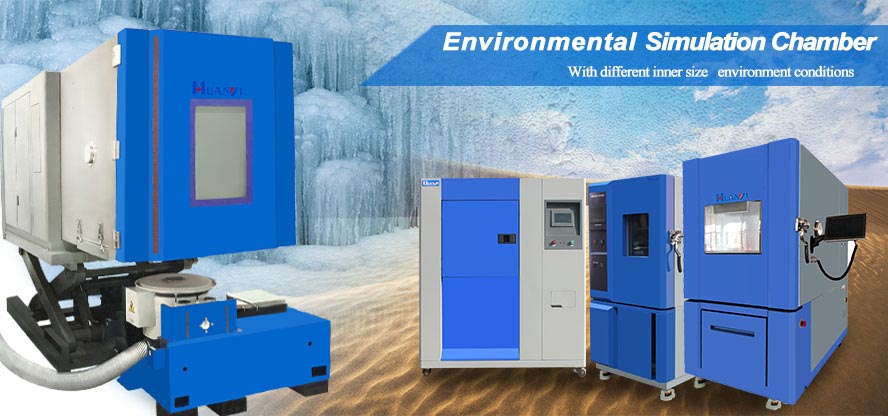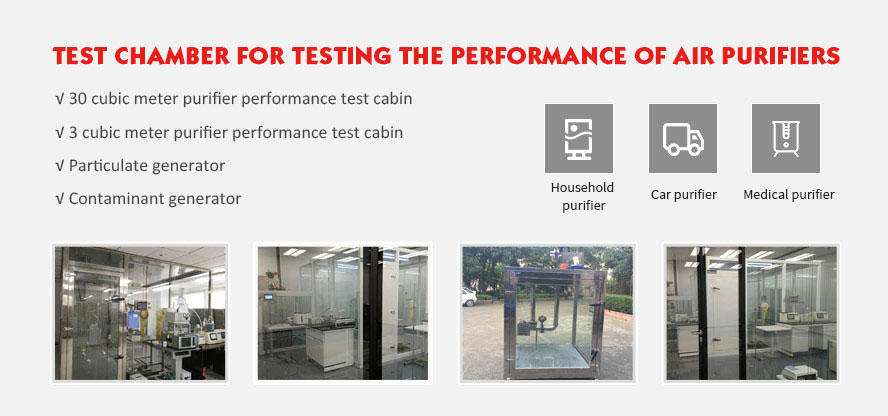One hour of salt spray test is equivalent to how much time in natural environment?
Salt spray corrosion principle
Most corrosion of metal materials occurs in the atmospheric environment, which contains corrosive components and factors such as oxygen, humidity, temperature changes, and pollutants. Salt spray corrosion is a common and most destructive atmospheric corrosion.
The corrosion of metal materials by salt spray is mainly caused by the conductive salt solution penetrating into the metal and causing an electrochemical reaction, forming a "low potential metal-electrolyte solution-high potential impurity" micro-battery system, electron transfer occurs, and the metal used as the anode dissolves. New compounds are formed that are corrosives. The main role in the salt spray corrosion damage process is chloride ions. It has a strong penetrating ability and can easily penetrate the metal oxide layer and enter the interior of the metal, destroying the passivity of the metal. At the same time, chloride ions have very small hydration energy. It is easily adsorbed on the metal surface and replaces the oxygen in the oxide layer that protects the metal, causing the metal to be damaged.
Salt spray corrosion test methods and classification
Salt spray testing is an accelerated corrosion resistance evaluation method for artificial atmospheres. It atomizes salt water of a certain concentration and then sprays it into a closed thermostatic box. It reflects the corrosion resistance of the tested sample by observing the changes of the tested sample after being placed in the box for a period of time. It is an accelerated test. According to this method, the salt concentration of chloride in the salt spray environment is several or dozens of times that of the general salt spray in the natural environment, which greatly increases the corrosion rate. The salt spray test is conducted on the product, and the time to obtain the results is also greatly shortened.
When testing a product sample in a natural environment, the corrosion time may take one year or even several years. However, when testing under artificial salt spray environment conditions, it only takes days or even hours to obtain similar results.
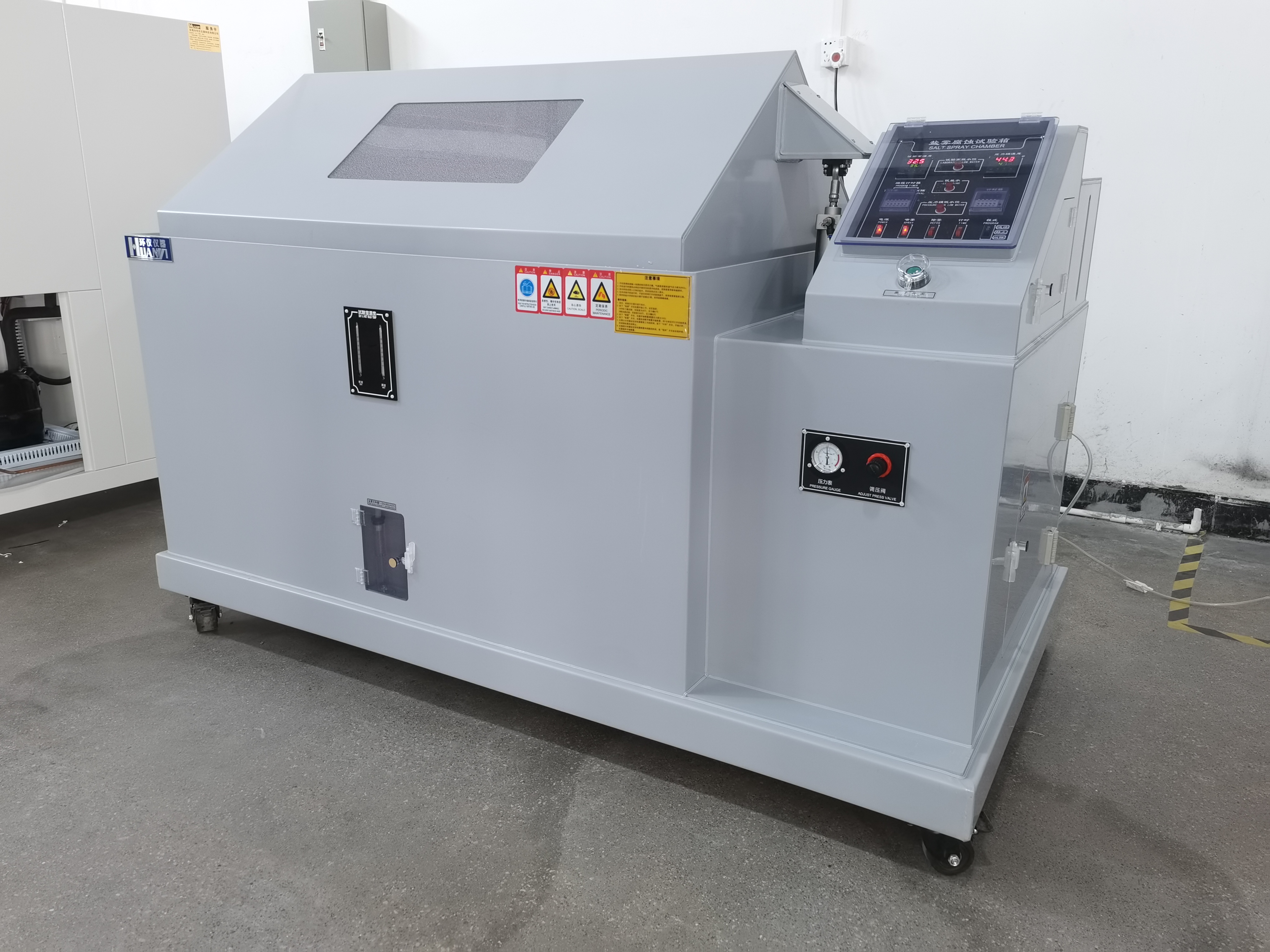
Salt spray tests are mainly divided into 4 types:
Neutral salt spray test (NSS);
Acetic acid salt spray test (AASS);
Copper Accelerated Acetic Salt Spray Test (CASS);
Alternating salt spray test.
Salt spray test result evaluation
The evaluation methods for the results of the salt spray test include: rating method, corrosion product appearance evaluation method, and weighing method.
Rating method
It divides the percentage of the ratio of corrosion area to total area into several levels according to a certain method, and uses a certain level as the basis for qualification determination. It is suitable for evaluation of flat samples. For example, GB/T6461-2002, ISO 10289-2001, ASTM B 537-70 (2013), and ASTM D 1654-2005 all use this method to evaluate the salt spray test results.
How RP and RA values are calculated:
RP—Protection rating value;
RA—Appearance rating value;
A—When calculating RP, it is the percentage of the corrosion part of the base metal in the total area; when calculating RA, it is the percentage of the corrosion part of the protective layer in the total area.
The protection rating is expressed as: RA/—
For example: when slight rust exceeds 1% of the surface and is less than 2.5% of the surface, it is expressed as: 5/—
The expression method of appearance rating is: -/RA value + subjective evaluation + covering layer damage level
For example: moderate spots, the area exceeds 20%, expressed as: -/2mA
The expression method of performance rating is: RA value + subjective evaluation + covering layer damage level
For example: the sample does not show corrosion of the base metal, but shows mild corrosion of the anodic coating less than 1% of the total area, expressed as 10/6sC
Corrosion appearance assessment method
It is a qualitative judgment method that judges the sample based on whether the product has corrosion phenomena after the salt spray corrosion test. For example, JB4159-1999, GJB4.11-1983, and GB/T4288-2003 use this method to evaluate the salt spray test results.
Weighing method
It is a method of weighing the sample before and after the corrosion test, and calculating the weight lost by corrosion to evaluate the corrosion resistance quality of the sample. It is especially suitable for assessing the corrosion resistance quality of certain metals.
Corrosion rate calculation method:
V loss—metal corrosion rate, g/m2·h;
m0 — mass of the specimen before corrosion, g;
m1 — mass of the specimen before corrosion, g;
S — area of the specimen, m2;
t — Corrosion time of specimen, h.
Factors affecting salt spray test
The critical relative humidity for metal corrosion is approximately 70%. When the relative humidity reaches or exceeds this critical humidity, the salt will deliquesce and form an electrolyte with good electrical conductivity. As the relative humidity decreases, the concentration of the salt solution will increase until crystallized salt precipitates, and the corrosion rate decreases accordingly. As the temperature rises, the molecular movement intensifies, and the corrosion rate of high salt spray increases. The International Electrotechnical Commission points out that for every 10°C increase in temperature, the corrosion rate increases by 2 to 3 times, and the conductivity of the electrolyte increases by 10 to 20%. For the neutral salt spray test, it is generally believed that the test temperature is 35°C.
When the concentration is below 5%, the corrosion rate of steel, nickel, and brass increases with the increase in concentration; when the concentration is greater than 5%, the corrosion rate of these metals decreases with the increase in concentration. This is because, in the low concentration range, the oxygen content increases with the increase of salt concentration; when the salt concentration increases to 5%, the oxygen content reaches relative saturation. If the salt concentration continues to increase, the oxygen content decreases accordingly. As the oxygen content decreases, the depolarization ability of oxygen also decreases, that is, the corrosion effect is weakened. For metals such as zinc, cadmium, and copper, the corrosion rate always increases with the increase in salt solution concentration.
The settling direction of salt spray is close to the vertical direction. When the sample is placed horizontally, its projected area is the largest, and the surface of the sample bears the largest amount of salt spray, so the corrosion is the most serious. The research results show that when the steel plate is at an angle of 45 degrees to the horizontal line, the corrosion weight loss per square meter is 250 g. When the steel plate plane is parallel to the vertical line, the corrosion weight loss is 140 g per square meter. The GB/T 2423.17-93 standard stipulates that the flat sample should be placed so that the test surface is at an angle of 30 degrees to the vertical direction.
pH value
The lower the pH value, the higher the concentration of hydrogen ions in the solution, the more acidic and corrosive it is. Neutral salt spray test (NSS) pH value is 6.5~7.2. Due to the influence of environmental factors, the pH value of salt solutions will change. For this reason, domestic and foreign salt spray test standards have stipulated the pH value range of the salt solution, and proposed methods to stabilize the pH value of the salt solution during the test to improve the reproducibility of the salt spray test results.
Salt spray deposition amount and spray method
The finer the salt spray particles, the larger the surface area formed, the more oxygen is adsorbed, and the more corrosive it is. Traditional spray methods include air pressure spray method and spray tower method. The most obvious shortcomings are the poor uniformity of salt spray deposition and the large diameter of salt spray particles. Different spray methods also have an impact on the pH value of the salt solution.
How long is one hour of salt spray test equivalent to the natural environment?
Salt spray tests are divided into two categories, one is natural environment exposure test, and the other is artificial accelerated simulated salt spray environment test. The artificial simulated salt spray environment test is to use a test equipment with a certain volume space - a salt spray test chamber, to use artificial methods in its volume space to create a salt spray environment to assess the salt spray corrosion resistance performance and quality of the product. . Compared with the natural environment, the salt concentration of chloride in the salt spray environment can be several or dozens of times that of the general natural environment, which greatly increases the corrosion rate. Conduct a salt spray test on the product and obtain the results. The time is also greatly shortened. For example, if a product sample is tested in a natural exposure environment, it may take a year for it to corrode, but if tested under artificially simulated salt spray environment conditions, similar results can be obtained in just 24 hours.
Artificial simulated salt spray test also includes neutral salt spray test, acetate salt spray test, copper salt accelerated acetate salt spray test, and alternating salt spray test.
(1) Neutral salt spray test (NSS test) is the earliest accelerated corrosion test method with the widest application field. It uses 5% sodium chloride salt solution, and the pH value of the solution is adjusted to the neutral range (6 to 7) as the solution for spraying. The test temperature is all 35℃, and the sedimentation rate of salt spray is required to be between 1~2ml/80cm².h.
(2) The acetate salt spray test (ASS test) is developed on the basis of the neutral salt spray test. It adds some glacial acetic acid to a 5% sodium chloride solution to reduce the pH value of the solution to about 3, making the solution acidic, and the resulting salt spray also changes from neutral salt spray to acidic. Its corrosion rate is about 3 times faster than the NSS test.
(3) The copper salt accelerated acetate salt spray test (CASS test) is a rapid salt spray corrosion test recently developed abroad. The test temperature is 50°C. A small amount of copper salt-copper chloride is added to the salt solution to strongly induce corrosion. . Its corrosion rate is approximately 8 times that of the NSS test.
The specific time conversion is: (taking into account the variability of the natural environment, the following is for reference only)
Neutral salt spray test 24h ⇌ natural environment 1 year
Acetate salt spray test 24h ⇌ natural environment 3 years
Copper salt accelerated acetate salt spray test 24h ⇌ natural environment 8 years

